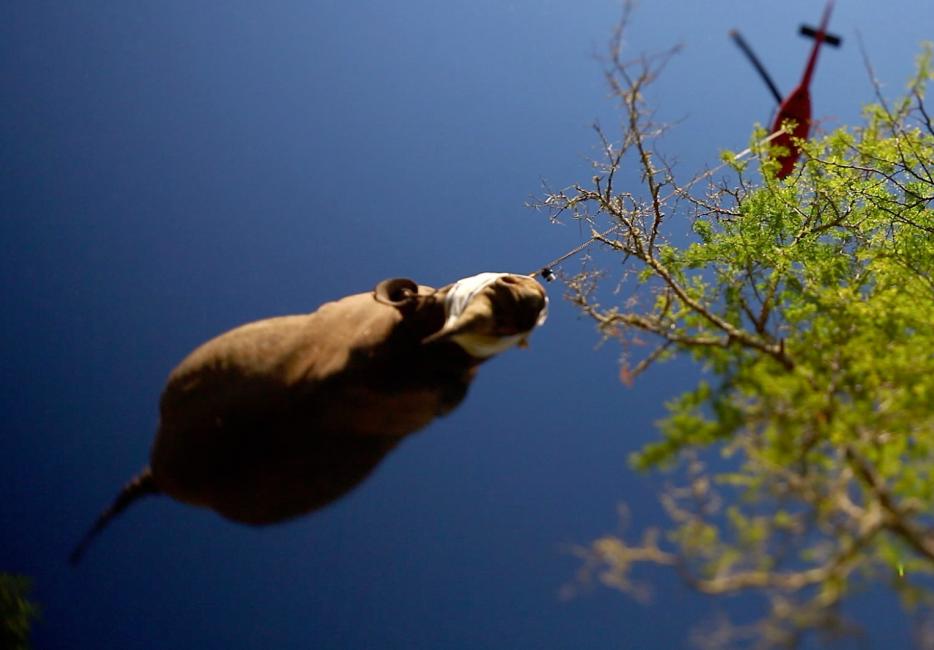
Rhinoceros: Africa's armoured giant species:
Affected by: Illegal wildlife trade
Affected by: Illegal wildlife trade
The rhinoceros is Africa’s armoured giant – like a tank on legs – and has been on our planet for millions of years. But right now they need our help. Poaching of rhinos for their horns and habitat loss are huge threats to both white and black rhinos.
The ‘southern’ subspecies of white rhino is a conservation success story, with the population recovering from under 100 in 1895 to over 21,000 individuals at the end of 2012. However, a surge in poaching in the last decade caused white rhino numbers to decline, with around 16,803 remaining in the wild today. Sadly, there are only two individuals from the ‘northern’ subspecies of white rhinos remaining in the world.
For the black rhino (slightly smaller, with a more pointed top lip) the worst period was between 1970 and 1992, when around 96% of them were lost to wide-scale poaching. Only around 6,487 remain in the wild today.
Poaching of rhinos for rhino horn is still a huge threat, and the poachers have got increasingly better equipped. Help us make sure we don’t lose these incredibly precious creatures.
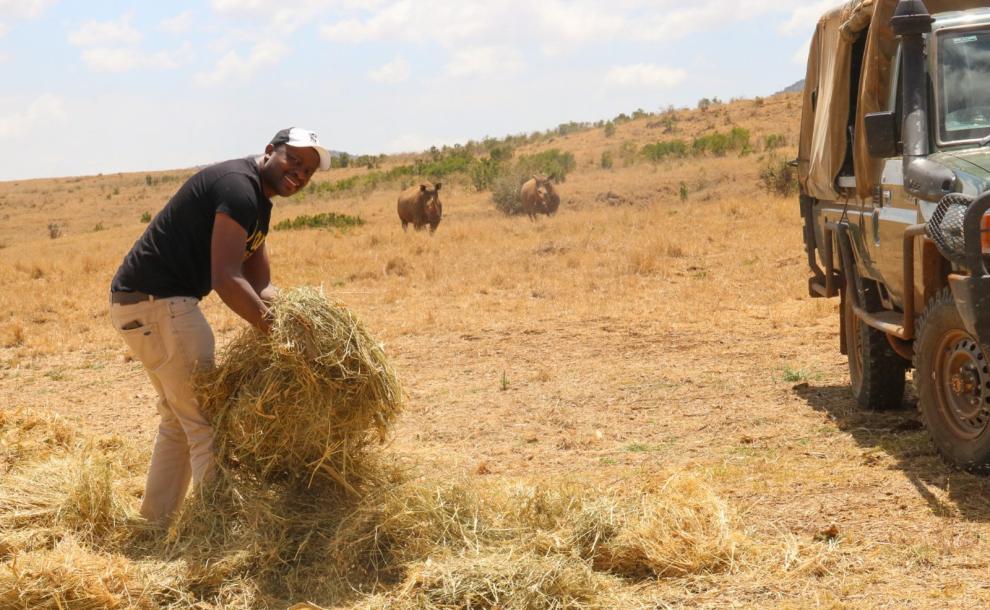
The mighty black rhino is a magnificent yet elusive species. They are an important ‘umbrella’ species, and by protecting them this helps conserve many other species and habitats. With dedicated conservation efforts, Kenya’s black rhino population has more than doubled in the last three decades, rebounding from the severe poaching in the 1970-1980s. However, black rhinos remain critically endangered and need support. At WWF-Kenya, we are dedicated to working with partners to help rhinos continue to thrive.
Program Coordinator - Rhino, WWF-Kenya
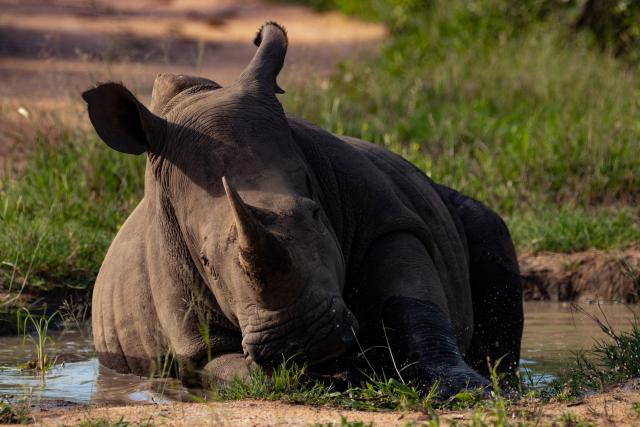
Where African rhinos live
Black rhinos are currently found in 12 countries in Africa, with the largest populations in South Africa, Namibia, Kenya and Zimbabwe. White rhinos are found across 11 countries in Africa. They mainly roam grassland and open savannah.
We work to protect rhinos across East Africa, particularly supporting black rhino conservation in Kenya and Tanzania.
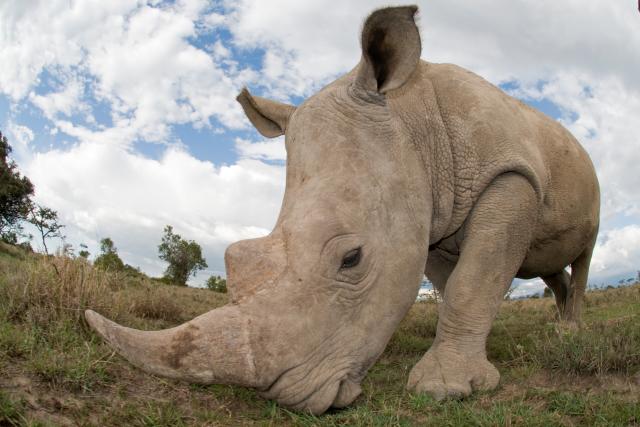
Why African rhinos are so important
It’s not just because they’re a precious link to our planet’s ancient past… rhinos also play a crucial role in their environment.
White rhinos are big grazers, eating lots of vegetation, which helps shape the African landscape. Other animals benefit, and it keeps a healthy balance within the environment.
Local people depend on the natural resources from these environments for food, fuel and income too. Ecotourism can be a vital sustainable source of funds for local communities. As one of Africa’s wildlife ‘big five’, rhinos are a popular sight for tourists.
By helping protect the rhino we’re helping protect its environment for the benefit of both people and wildlife for generations to come.
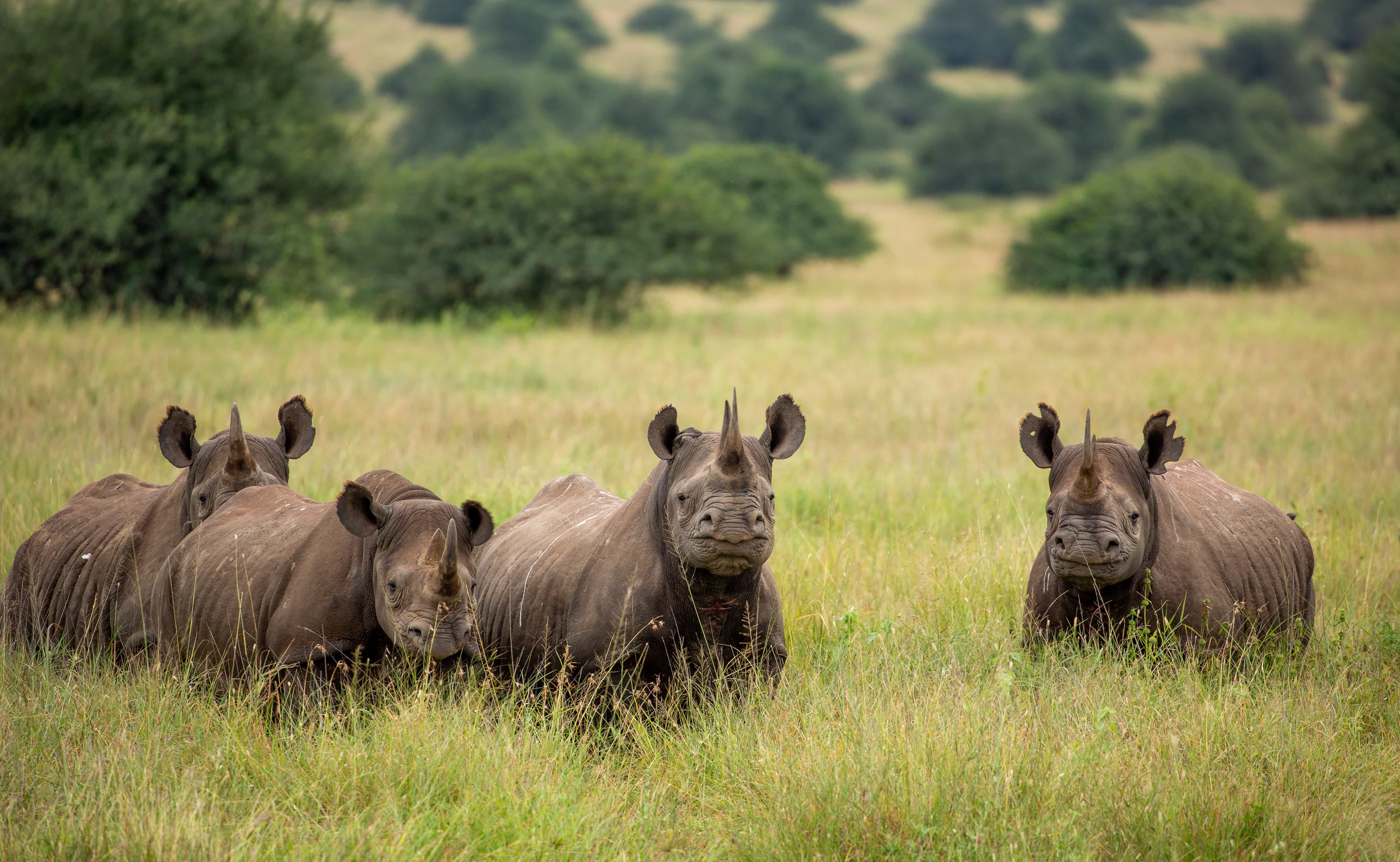
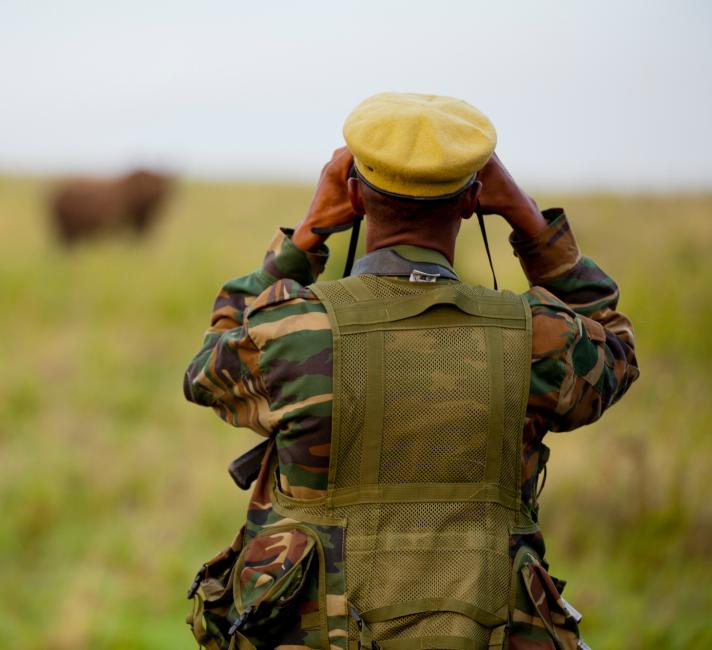
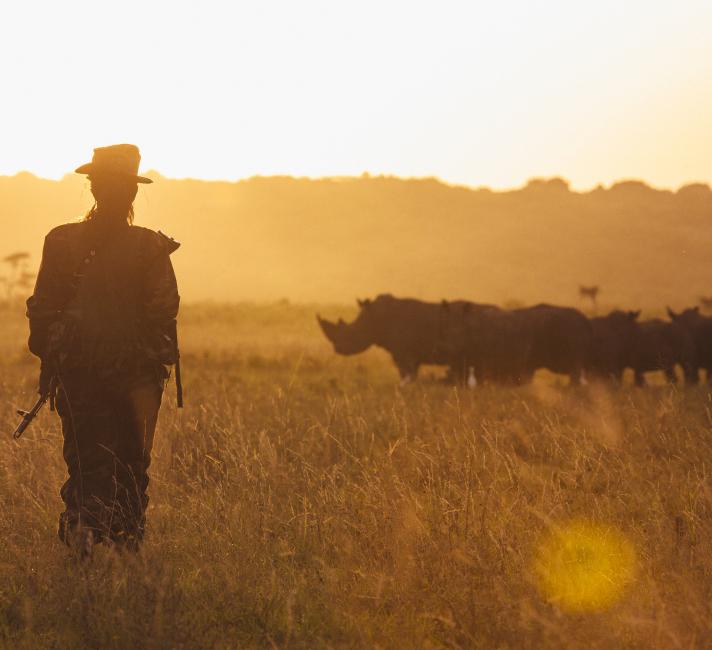
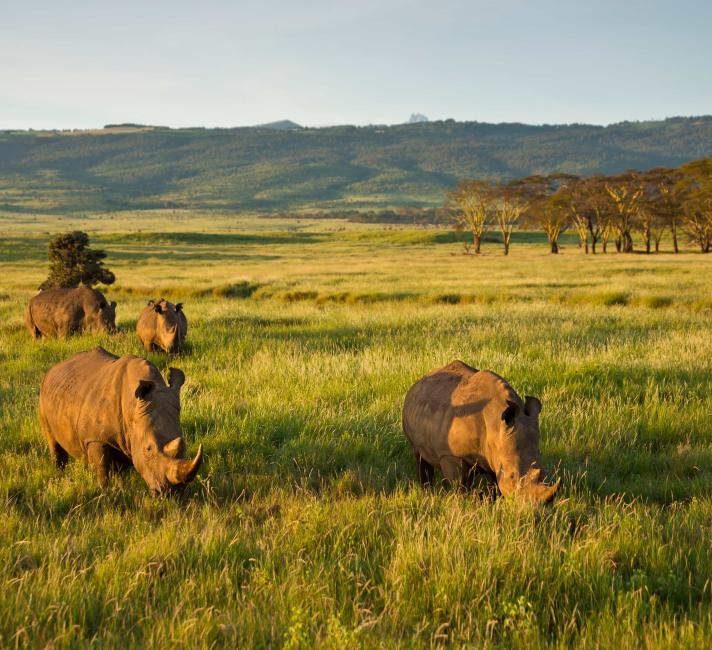
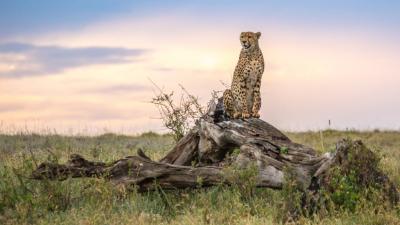

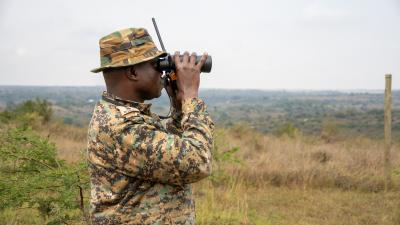
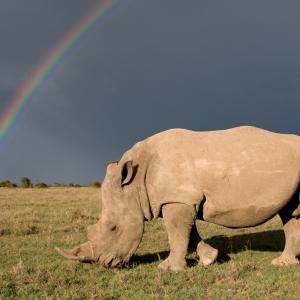 Here are our top 10 facts about rhinos
Here are our top 10 facts about rhinos
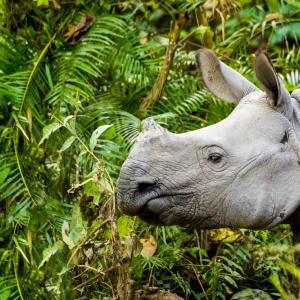 Rhino quiz
Rhino quiz
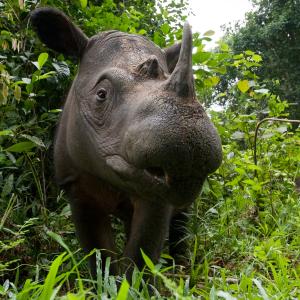 Asian rhinos: armour-plated landscapers
Asian rhinos: armour-plated landscapers
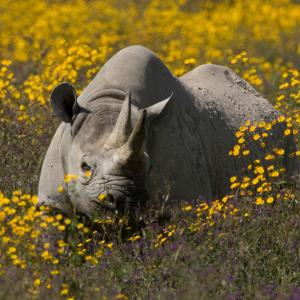 World Rhino day 2025
World Rhino day 2025